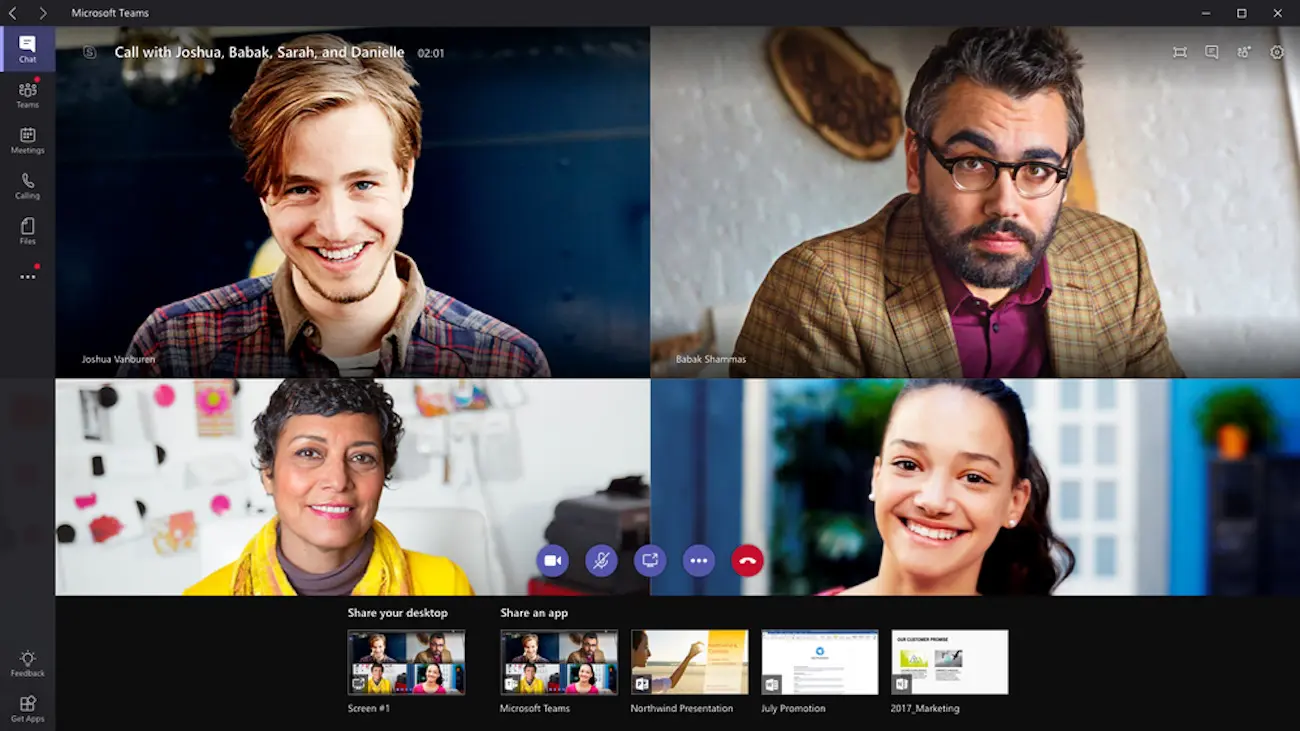
The speeds necessary for many video calling apps aren’t very high. Moreover, certain types of internet connections (like fiber) tend to have lower latency than others (like satellite internet). You can’t control your connection’s latency as directly as you can change your speed by upgrading, but know that lower latency is better. Most video conferencing applications work best with less than 150 ms of latency.

You'll have probably seen this in gym classes, where the instructor says "move to your left" and then steps to their left, which is your right.Video calls require you to send and receive real-time video simultaneously, so there are a few internet speed factors you should keep in mind to get the most out of your remote meetings: download speed, upload speed, and latency. Think about a teacher standing in front of a class if they say "look to your left" all the student look left, but that's actually to the teacher's right, because they are standing opposite. It's not only limited to video conferencing, however, it's just that video conferencing shows you what you're doing while other situations don't.

It's something you never see, which is why mirroring is used. When you see their view - the unmirrored view - that's like an out of body experience. The important thing to realise is that the people on the other end of the line aren't sitting in your seat, they are effectively sitting opposite you. It's a phenomena that only really arises with video where you can see yourself, which is only something we've been dealing with for a couple of decades. You immediately think you're doing it backwards, because it's not what you expect to see and you try to correct it. Without mirroring in your preview window, when you reach left, you'll see yourself reaching right and that's confusing.



 0 kommentar(er)
0 kommentar(er)
